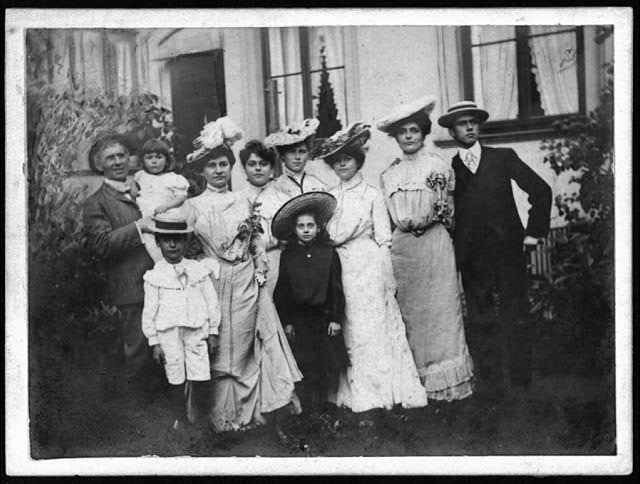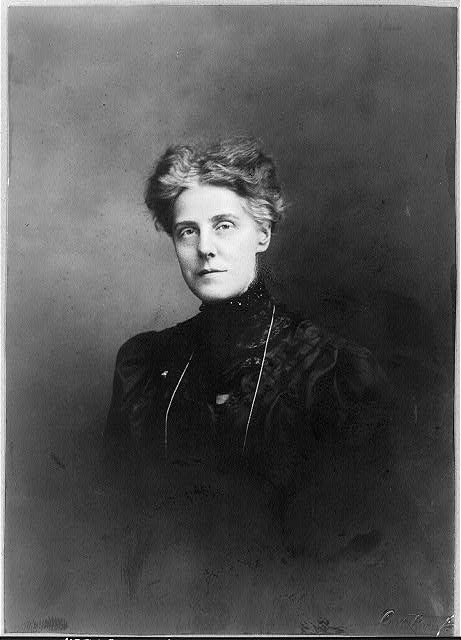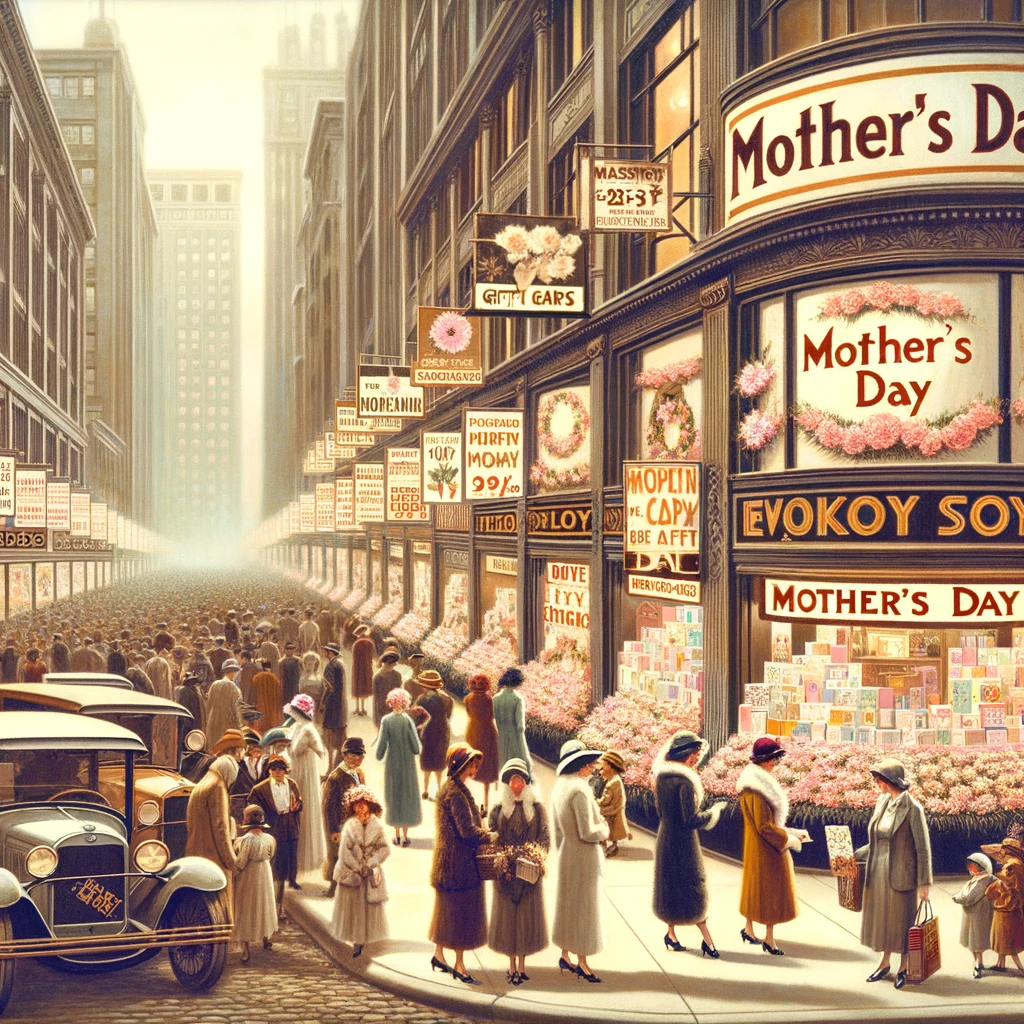The Surprising History of Mother’s Day
TL;DR: Anna Jarvis started Mother's Day to honor moms but ended up fighting against it when it turned into a shopping frenzy. Total plot twist, right? She wanted us to keep it real with heartfelt thanks, not just spend cash on flowers and cards. So next Mother's Day, maybe write a letter or share a memory to keep it 💯 like Anna wanted.As we enjoy this special Sunday in May when brunch spots overflow and flower shops hustle like it’s the floral Olympics, let’s explore a peculiar slice of history—Mother’s Day. But before you sign that heartwarming card or wrap up some delightful chocolates, did you know the founder of Mother’s Day spent her later years fighting against the very holiday she helped create? That’s right, a tale not just of love and gratitude, but of irony and controversy. Stick around as we unwrap this paradoxical package. Remember, history isn’t just about the past; it’s about understanding how we got to now and where we might be heading next.
A World of Change and Celebration
In the early 20th century, the world was bustling with change. Europe was on the brink of the Great War, which would reshape borders and societies. Across the Atlantic, the United States was experiencing its own transformations with the Progressive Era in full swing, bringing reforms that ranged from labor laws to women’s suffrage. Amidst this societal shift, Anna Jarvis, a West Virginia woman inspired by her own mother’s dream, initiated the first official observance of Mother’s Day in 1908.

This backdrop was pivotal as it influenced the public consciousness on issues of personal and societal importance. The Progressive Era, noted for its pursuit of reform, aimed at improving the everyday lives of people through increased government intervention in areas like public health and safety, education, and workers’ rights. Women were increasingly vocal in demanding their rights, with the suffrage movement gaining significant momentum. This period was ripe for the birth of a day that celebrated mothers, recognizing their role not just in nurturing families but also in contributing to social change.
The initial celebration of Mother’s Day by Anna Jarvis was a quiet call to honor the sacrifices and contributions of mothers. It was also deeply personal for Jarvis, reflecting her desire to fulfill her own mother’s earlier idea of having a day dedicated to appreciating mothers. As Jarvis pushed for wider recognition of the holiday, she tapped into the broader movement towards recognizing women’s roles in society. This alignment with progressive social reforms helped gain the support needed to establish Mother’s Day as a national holiday.
The era was also marked by significant cultural shifts, including the rise of consumerism and a greater emphasis on individual expression through fashion—corsets were out, and flapper dresses were on the horizon. It was a time when personal and public celebrations began to intertwine, setting the perfect stage for a new holiday that highlighted individual familial bonds.
These societal changes were mirrored in how people started to celebrate public and private moments more openly. The emergence of Mother’s Day as a recognized holiday was both a reflection of and a contributor to this trend. The adoption of more expressive styles in fashion, such as the flapper dress, signaled a move towards more visible and public displays of personal identity and individuality. Similarly, Mother’s Day offered a way for people to express their personal feelings towards their mothers in a public and communal context, which was a shift from the more private, family-oriented celebrations of the past.
This period’s mix of heightened consumer activity and evolving social norms made it fertile ground for the establishment of a holiday like Mother’s Day. As people embraced new ways to express themselves and participate in public life, they were also more receptive to embracing new traditions that resonated with their changing values. This convergence of personal expression, consumer culture, and progressive social reform created a unique moment in history, making the inception of Mother’s Day a timely emblem of its times.
The Birth of Mother’s Day
The inception of Mother’s Day was steeped in personal loss and societal gain. After her mother’s death, Anna Jarvis conceived Mother’s Day as a way of honoring the sacrifices mothers made for their children. The idea caught on swiftly, gaining the endorsement of influential figures like John Wanamaker, a retail mogul in Philadelphia, who saw both the sentimental and commercial potential of the holiday. By 1914, the U.S. Congress passed a law designating the second Sunday in May as Mother’s Day, and President Woodrow Wilson officially declared it a national holiday.
Anna Jarvis envisioned Mother’s Day as a heartfelt tribute to all mothers, inspired by her own mother’s dedication and care. Her mother, Ann Reeves Jarvis, had been a community leader who organized “Mother’s Day Work Clubs” to address public health issues. The younger Jarvis saw Mother’s Day as a continuation of her mother’s legacy, emphasizing the role of mothers in fostering health and community spirit. This personal motivation paired with her organizational skills led Jarvis to push for national recognition of the holiday.

Jarvis’s campaign to establish Mother’s Day involved writing countless letters to politicians, businessmen, and church leaders, advocating for a day to honor the unheralded efforts of mothers across the country. Her persistence paid off when Wanamaker, who owned one of the largest department stores in Philadelphia, lent his support. He recognized not only the emotional weight of the day but also its potential for bringing customers into his store, aligning sentimental value with economic opportunity.
The holiday was originally intended as a day of personal reflection and intimate appreciation, marked by the wearing of a simple white carnation and spending time reflecting on the invaluable role of mothers in society. However, the simplicity and purity of Jarvis’s vision would soon clash with the burgeoning forces of commercialism.
As Mother’s Day grew in popularity, it became increasingly commercialized. What started as a day for quiet reflection and heartfelt thanks morphed into an opportunity for significant retail and commercial activity. Florists, confectioners, and card companies saw Mother’s Day as a prime business opportunity and began to promote it heavily in their advertising. This shift was not what Jarvis had intended, and she became increasingly concerned as she witnessed her solemn tribute becoming a vehicle for profit.
Jarvis’s dismay culminated in public protests against the commercialization of Mother’s Day. She was particularly appalled by the price-gouging of florists, especially the cost of white carnations, which had become symbols of the day due to her own promotion of them as a tribute to one’s mother. Her frustration led her to take legal action against those she felt were exploiting the holiday for commercial gain. Jarvis spent much of her later life trying to reform the holiday, advocating for it to return to its roots as a day of personal reflection rather than public consumption.
Despite her efforts, the commercial aspect of Mother’s Day continued to grow, overshadowing Jarvis’s original vision. The transformation of Mother’s Day from a simple, heartfelt celebration into a major commercial enterprise reflects broader trends in society regarding the commercialization of personal and meaningful celebrations. This change illustrates the tension between the original intentions of holidays and the economic forces that can reshape them.
The Battle for Mother’s Day
As Mother’s Day grew in popularity, its commercial potential became undeniable. Florists, card companies, and retailers capitalized on the holiday’s emotional appeal, much to Anna Jarvis’s dismay. She watched as her solemn tribute turned into a commercial bonanza. By the 1920s, Jarvis was disillusioned and embittered by the perversion of her idea, prompting her to spend the rest of her life trying to reform the holiday back to its roots or abolish it altogether.

Jarvis’s disillusionment with the commercialization of Mother’s Day began when she saw how the day was being marked by excessive spending rather than personal acknowledgment of mothers’ efforts. The holiday quickly became a prime opportunity for businesses to promote a wide range of products, from flowers and cards to clothing and jewelry. This shift from a simple, meaningful gesture of recognition to a heavy commercial event deeply troubled Jarvis. She believed that these business practices distracted from the holiday’s original intent: to honor mothers in a personal and sincere manner.
The intensity of commercialization led Jarvis to take public and legal action against those she saw as exploiting Mother’s Day. She denounced the transformation of the holiday into a commercial spectacle and publicly criticized those who profited from it, including charities that used Mother’s Day as an opportunity for fundraising. Her advocacy for returning to the original spirit of Mother’s Day was passionate and relentless, involving everything from boycotts to speaking campaigns.
Jarvis’s struggle reflects a broader historical narrative where personal initiatives are often co-opted by larger commercial or political forces. Her fight against the commercialization of Mother’s Day is a poignant reminder of the tension between authenticity and consumerism—a theme that resonates even in today’s holiday celebrations.
Anna Jarvis’s fight against the commercialization of Mother’s Day brought her into conflict with powerful industry interests. She was arrested for disturbing the peace at a Mother’s Day rally and even attempted to initiate lawsuits against companies that she felt had misappropriated the holiday. Her relentless crusade highlights a significant social justice issue: the struggle to maintain personal integrity and intent in the face of overwhelming commercial pressure.
Jarvis’s confrontations with commercial interests reached their peak when she was arrested for protesting at a candy makers’ convention, where she was disturbing the peace by denouncing the commercial exploitation of Mother’s Day. This arrest highlighted her dedication to her cause but also the challenges she faced in fighting a now-entrenched commercial system. She also pursued legal avenues, filing lawsuits against companies using Mother’s Day for profit without what she considered proper homage to the holiday’s deeper meaning and purpose.
This controversy around Mother’s Day invites us to reflect on how holidays can sometimes lose their meaning and become mere opportunities for profit. It challenges us to think critically about the origins and evolution of our traditions and the ways they are shaped by societal forces. The commercialization of Mother’s Day is a clear example of how a day meant to convey respect and love can be transformed into a commercial venture, reflecting broader societal trends towards the commodification of personal relationships and celebrations. Jarvis’s battle may not have fully succeeded in her time, but it continues to inspire a critical look at how we celebrate and what values we truly cherish in our observances.
Reflecting on Mother’s Day
As we conclude our exploration of Mother’s Day, from its heartfelt beginnings to its commercialized present, we see a story rich with irony and conflict. It’s a reminder of the power of a single person’s vision and the profound
influence of societal changes on personal initiatives. Mother’s Day began as a simple call to recognize the personal sacrifices and contributions of mothers everywhere, envisioned by a daughter who saw her mother’s dedication as worth celebrating nationally. Yet, despite its loving intentions, the holiday has been swept up into broader commercial currents, which have shifted its focus from intimate appreciation to economic opportunity.
This evolution speaks volumes about the interplay between culture and commerce, and the role of individuals in shaping, resisting, or succumbing to these forces. Anna Jarvis’s story is particularly poignant because it combines personal dedication with public activism, highlighting the complexities of advocating for change in a capitalist society. Her life reminds us that while we can initiate change, controlling its direction and impact often requires navigating forces much larger than ourselves.

As we honor our mothers, let’s also take a moment to appreciate the deeper story behind Mother’s Day. Let it inspire us to find more meaningful ways to express our love, ways that resonate with the spirit Anna Jarvis originally intended. Be kind, be curious, and be ready to make history by how we choose to celebrate and remember the people important in our lives.

